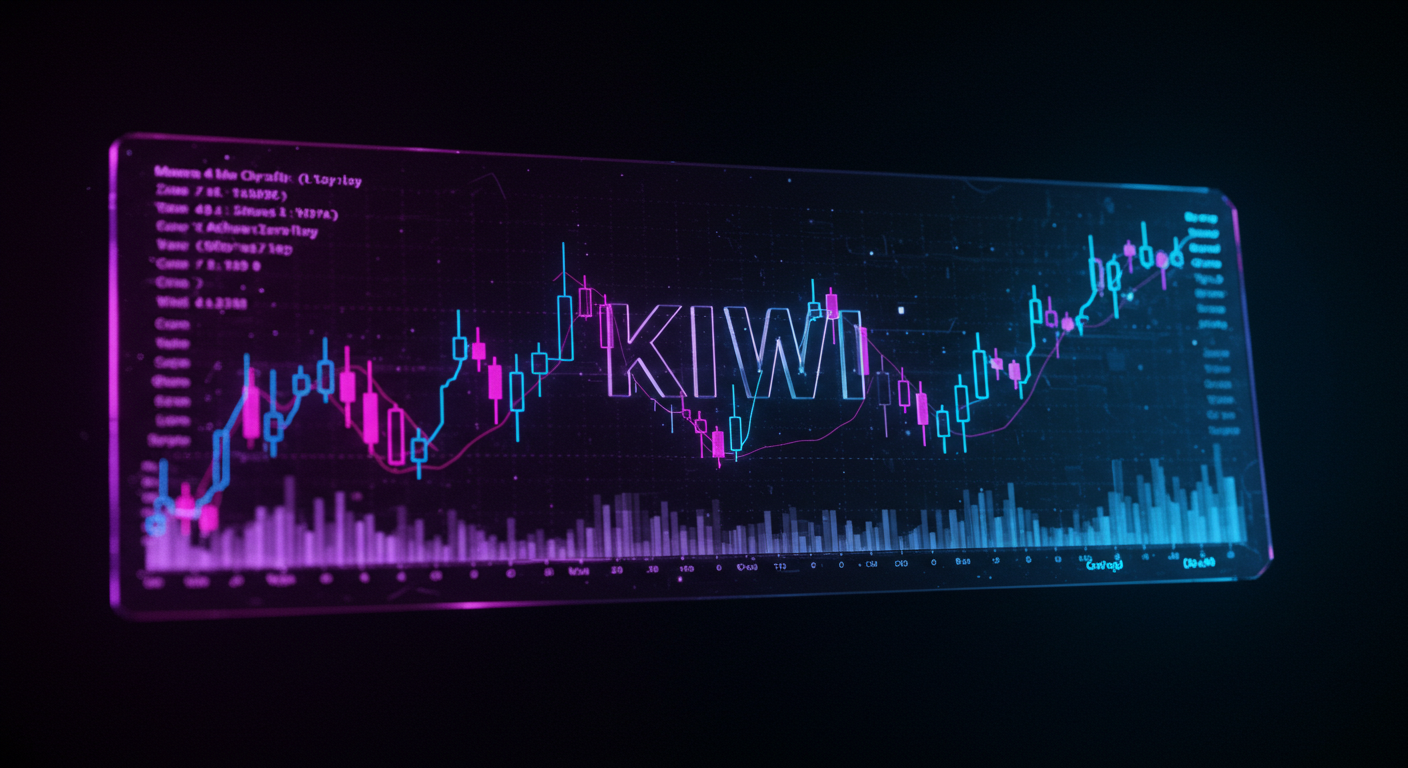
The Reserve Bank of New Zealand cut interest rates by 25 basis points to 3.5%, with expectations suggesting further reductions might occur. Policymakers indicated that rates could go below 3.0%, potentially reaching a terminal rate of 2.75%.
The Australian dollar (AUD) and New Zealand dollar (NZD) have faced pressure, largely due to their ties to China’s economy. Recent movements indicate that AUD/USD has fallen below 0.60, while NZD may breach the 0.55 support level soon.
Pressure On Aud And Nzd
Any signs of de-escalation in US-China trade relations could provide relief for these currencies. Increased willingness by the People’s Bank of China to lower the yuan may ease some pressure, but a substantial rebound is not yet visible.
With the Reserve Bank of New Zealand shifting its benchmark rate down to 3.5%, and signalling the door is open for a move toward 2.75%, short-term rates markets have wasted no time in repricing downward. Following this, rate expectations across the region have softened. There’s now a more clear-cut path being priced in for back-to-back easing cycles over the coming two to three quarters. Traders running exposure to Antipodean front-end rates need to stay wary of further compression, especially if consumer confidence deteriorates or employment data begins to reflect broader demand weakness.
We’ve seen already that high-beta currencies like AUD and NZD are closely shadowing sentiment out of China. Walker pointed to this connection, noting that without fresh momentum from Chinese policymakers or a pick-up in global demand, these currencies remain highly susceptible to downside moves. For context, AUD/USD dipping under 0.60 wasn’t only a technical breach—it reflected a broader reassessment of commodity-linked growth plays. Meanwhile, as NZD trades just above major support, we are watching the options market carefully for rising implied volatilities, which could further skew risk pricing.
Some participants are closely watching Washington and Beijing for improved cooperation. While Li’s stance on the yuan has softened marginally, the follow-through has been limited. It’s worth noting that unless we see sustained measures—such as active liquidity injections or targeted fiscal levers—Chinese growth signals alone won’t be enough to lift AUD or NZD meaningfully. For now, they remain reactive to external headlines, rather than internal resilience.
Focus On Cross Market Spreads
As macro conditions shift, rate traders would be better served focusing on cross-market spreads. In particular, attention should be on Australia vs. the US two-year yield differentials, which are showing signs of further narrowing. That compression creates a headwind and suggests lower break-even levels on any forward steepener trades. And with inflation data out of the US remaining firm, the real yield divergence remains a burden on AUD.
RBNZ’s tone, as inferred from Wilkinson’s phrasing, leans toward cautious easing—more calibrated than aggressive. But for swap desks, this shift chips away at the already thin carry advantage the Kiwi once held. If terminal pricing slips another 25 basis points lower, traders could see further interest in receiver positions on intermediate tenors, particularly the 2s5s segment.
In equities, any bounce in risk appetite appears shallow and short-lived when compared with the FX drawdown. This asymmetry is becoming more visible in positioning data. For those watching risk-reversal metrics, bearish skew in NZD is now approaching levels not seen since early 2020. We see no sign yet that hedging flows have peaked, which tells us corporate and macro players alike are still layering protection rather than positioning for a rebound.
Keep an eye on any shifts in Chinese credit growth—historically, these have had lags, but their impact trickles into export-facing sectors fairly quickly. Until then, trading vol around the major pairs, especially NZD/USD and AUD/JPY, may give more consistent short-term returns than simply chasing direction.
Where we go next hinges less on one central bank’s outlook and more on the broader risk tide—particularly how long global markets stay skewed toward defensive assets.







